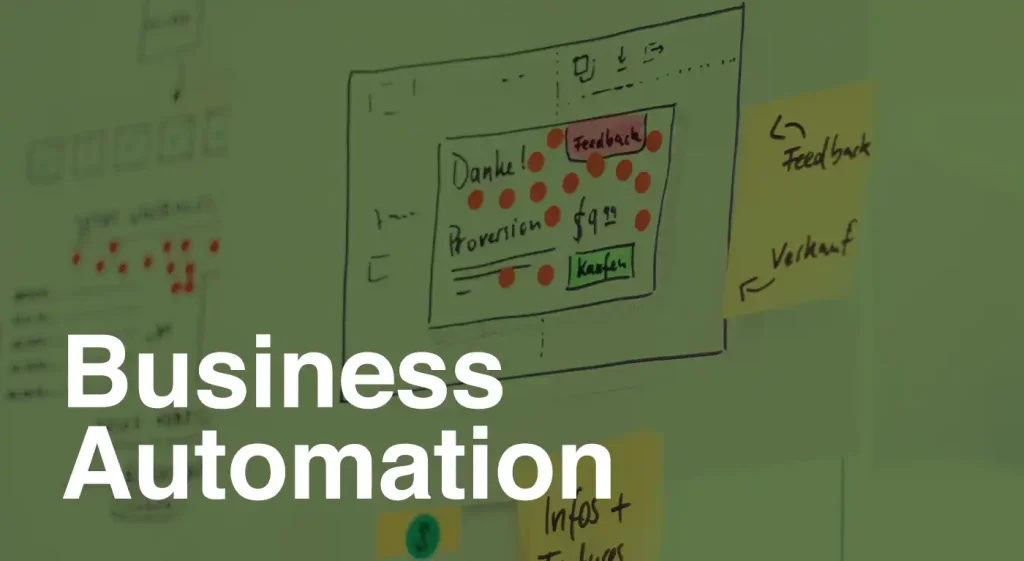Business automation with an ETL process

As an entrepreneur, you probably use modern tools that help you automate common processes. One of the most common candidates is the Customer Relation Management System (CRM), which in the best case brings all the threads together. Large systems like Hubspot, Pipedrive or Xentral offer ready-to-use app integrations to other important business tools for common use cases. But what if your tool of choice isn't one of them? Then a dedicated ETL process might be the right solution to the problem.
What is ETL?
ETL stands for Extract, Transform and Load. It is a process by which data is transferred from one system to another to cleanse or prepare it for analysis. The first step is to extract the data from the source system. This can be a CRM, an ERP or another system. Often, the API of the respective system is used for this purpose. The data is then transformed to meet the requirements of the target system. Finally, the data is loaded into the target system.
When do you need an ETL process?
Whenever a two systems can't communicate directly with each other or the vendors don't offer a plugin or app for integration, then you need an ETL process.
Examples include:
Transfer Shopify orders to ERP system
Workflow automation starting from Pipedrive to Mailchimp
Database system migration
How does ETL work?
The best way to describe an ETL process is to use an example. Let's take the task "Automatically add new contacts created in Pipedrive to a Mailchimp Audience".
To solve this task, the ETL application must be able to determine when a contact is newly created in Pipedrive (extract). Based on the contact data and any additional information stored about the contact, such as the customer's preferred service or product, it can decide which Mailchimp campaign to add the contact to. From the received data the new record is formed (transform), which is sent to Mailchimp and processed there (load).
Thus, the ETL application is the bridge between two systems for which no standard solution is available.
ETL in detail
As the name suggests, the ETL process consists of three different stages: Extract, Transform, and Load. Let's take a closer look at each stage so you can better understand how the process works.
Extract
The first phase of the ETL process is extraction. Here, the data is extracted from one or more sources and stored in a staging area. The staging area is usually a temporary location where the data can be stored before it is transformed
There are two main methods for extracting data: full extraction and incremental extraction. In full extraction, all data is extracted from one or more sources and loaded into the staging area. In incremental extraction, only new or changed data since the last extraction is extracted
Transform
The second stage of the ETL process is transformation. Here, the extracted data is converted into a format that can be loaded into the target database. Typically, the data is cleaned to remove invalid or duplicate records, and the data is converted to the correct format (e.g., date format) for loading
Load
The third and final phase of the ETL process is loading. This is where the converted data is loaded into the target database. Depending on your needs, you may want to either delete all existing records in the target table before loading new data, or you may want to append the existing data in the target table (i.e. add new records).
We are your partner for ETL solutions
No matter what your goal, if you need to work with data from different sources, an ETL process is the most flexible solution.
We can help when it comes to digitizing and automating business processes. We have already implemented projects of this kind several times and can offer individual and efficient solutions.